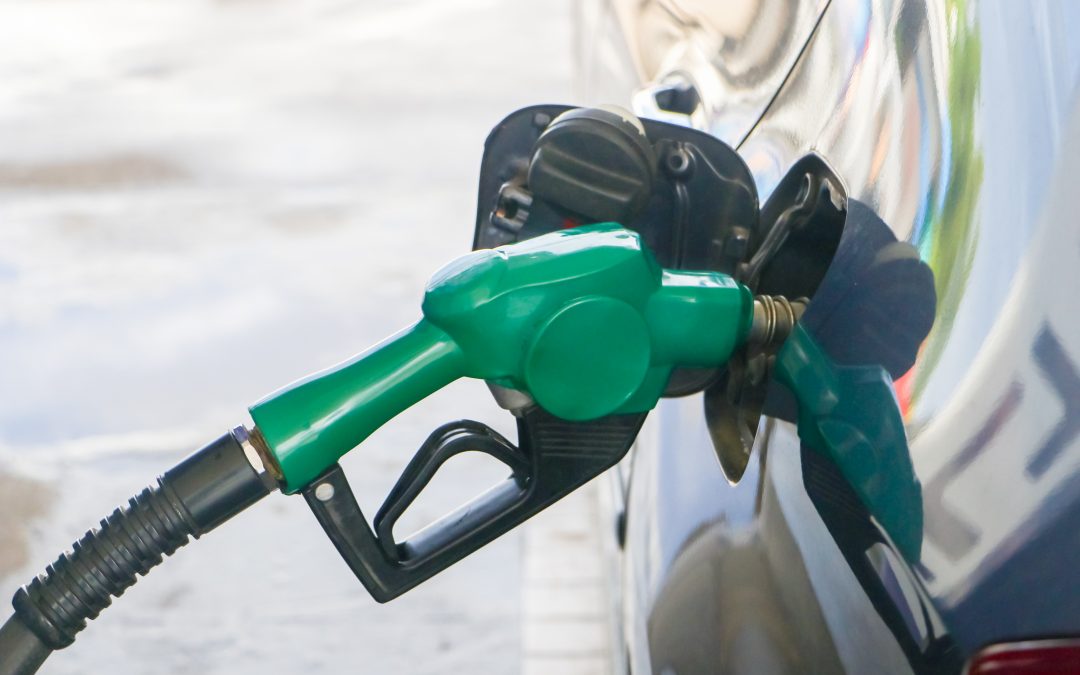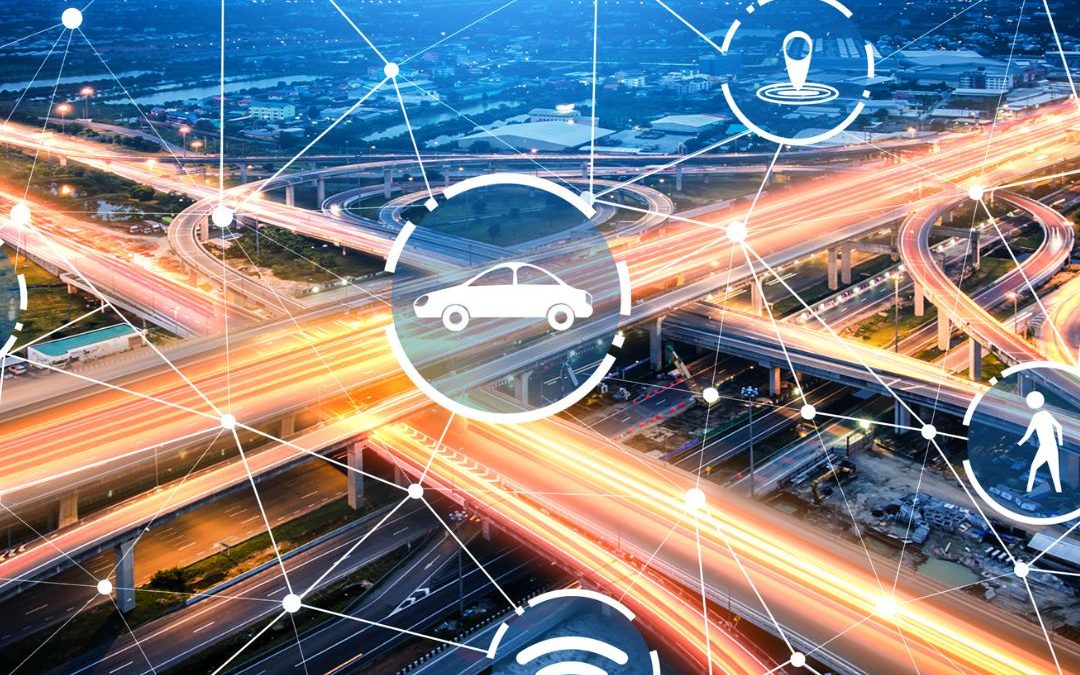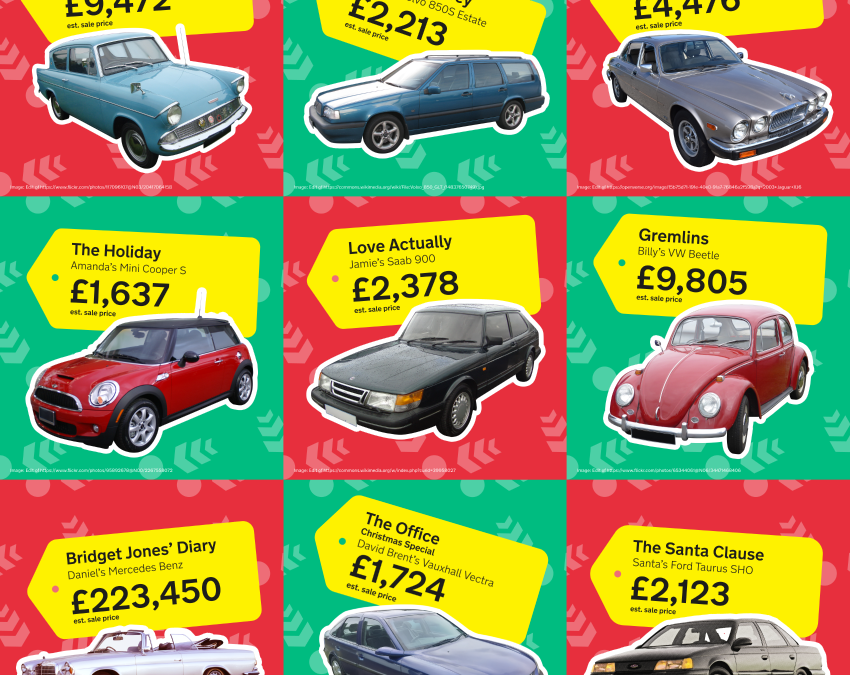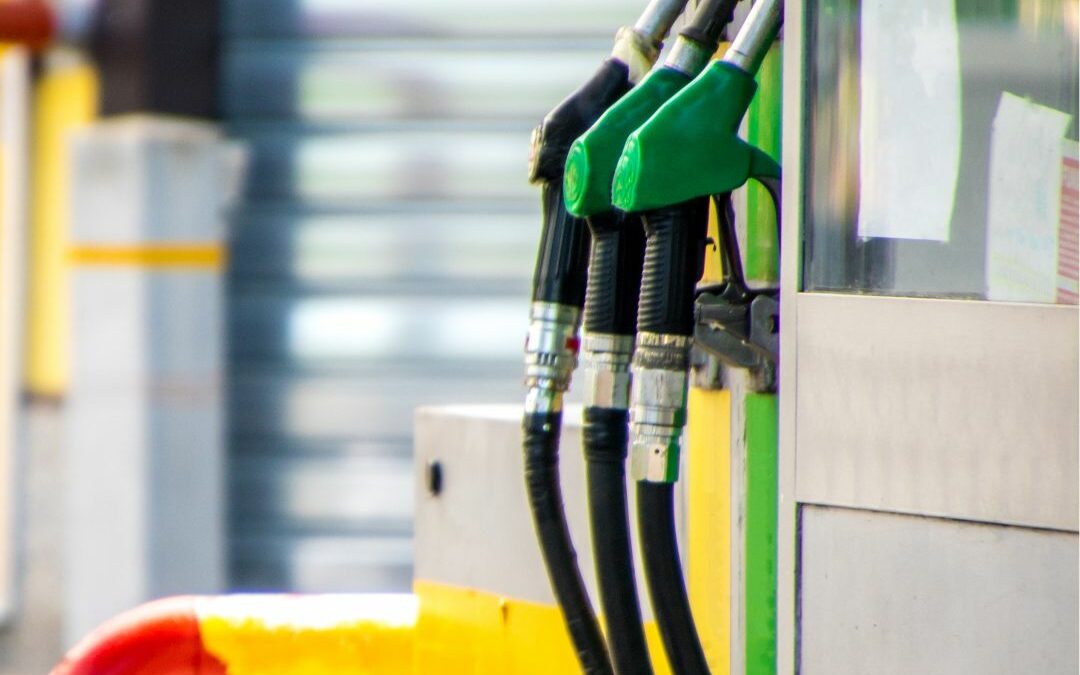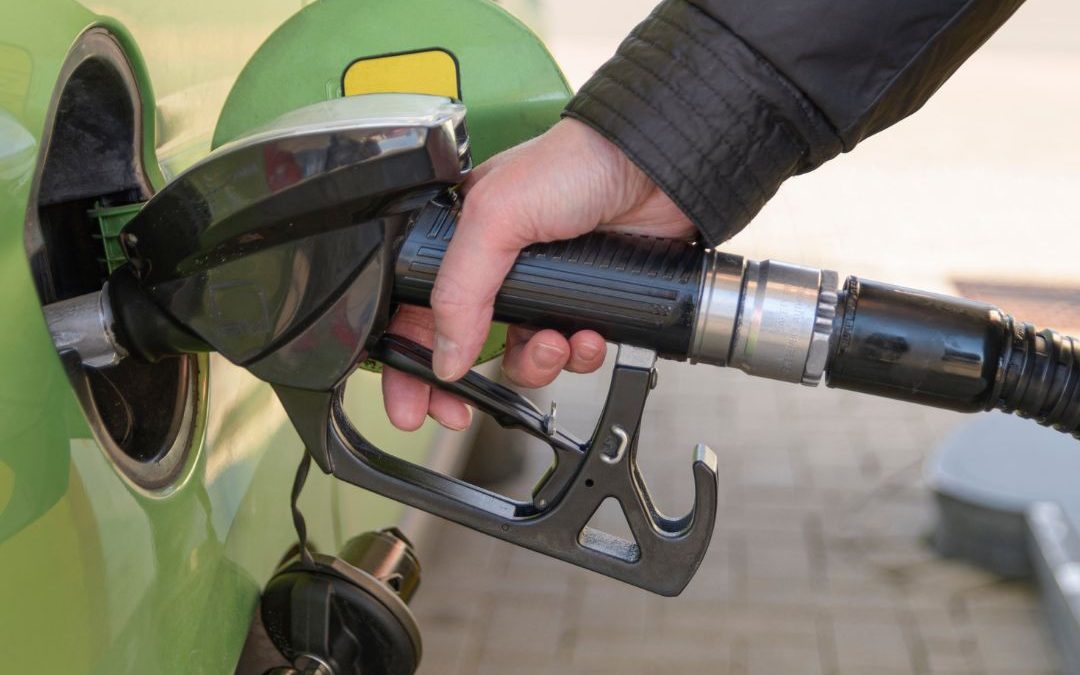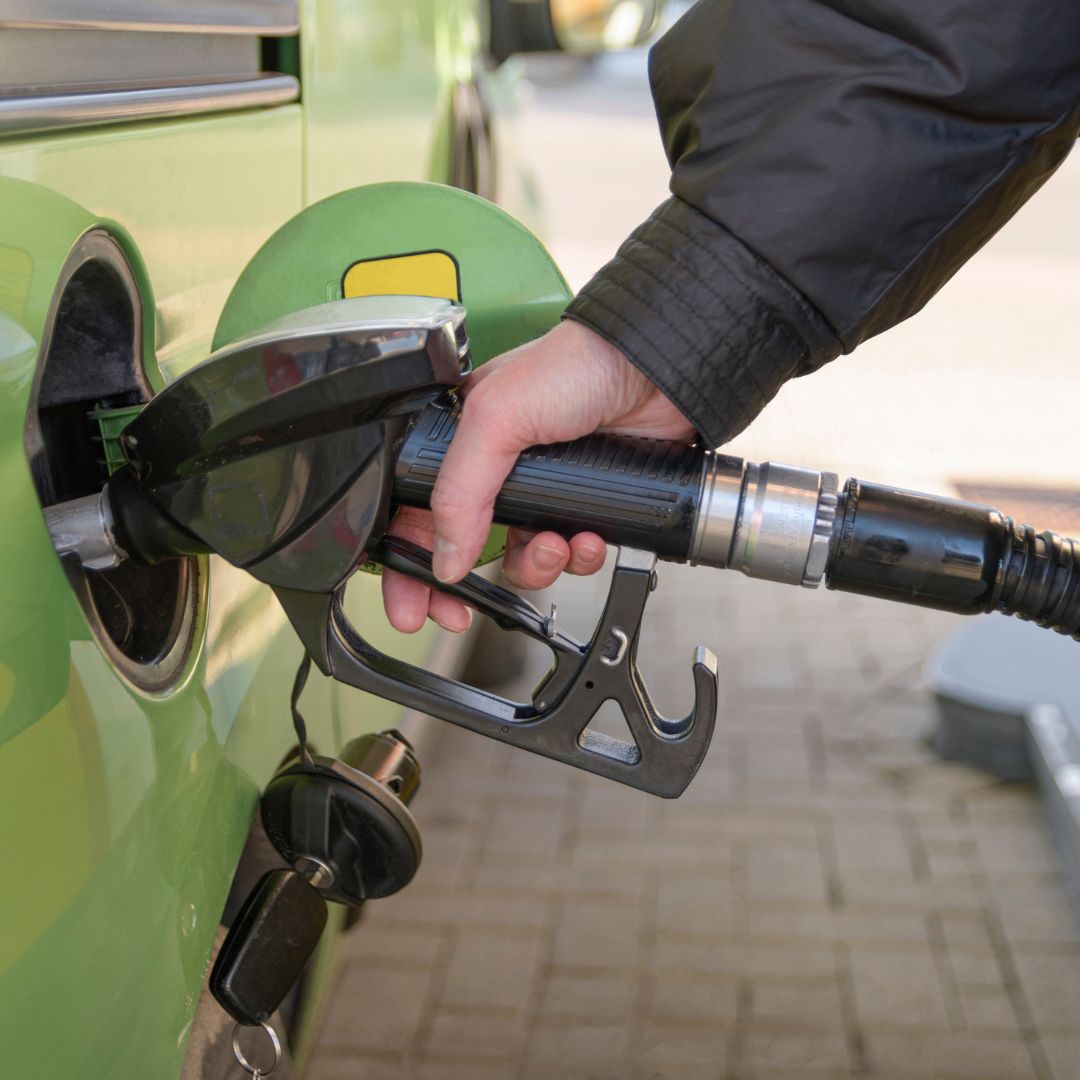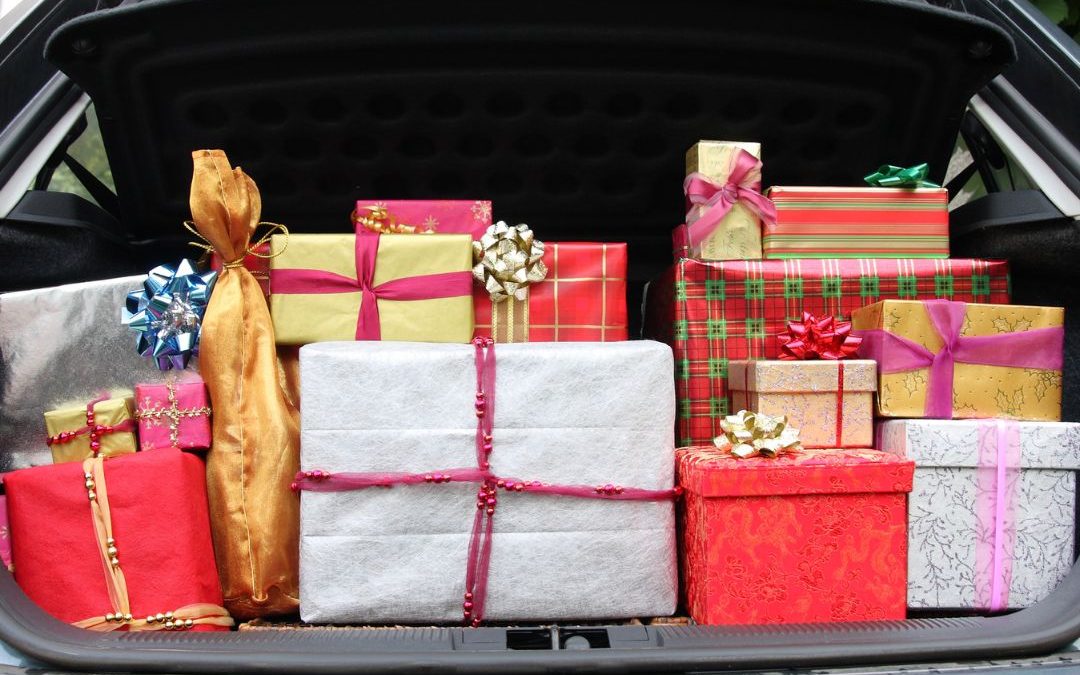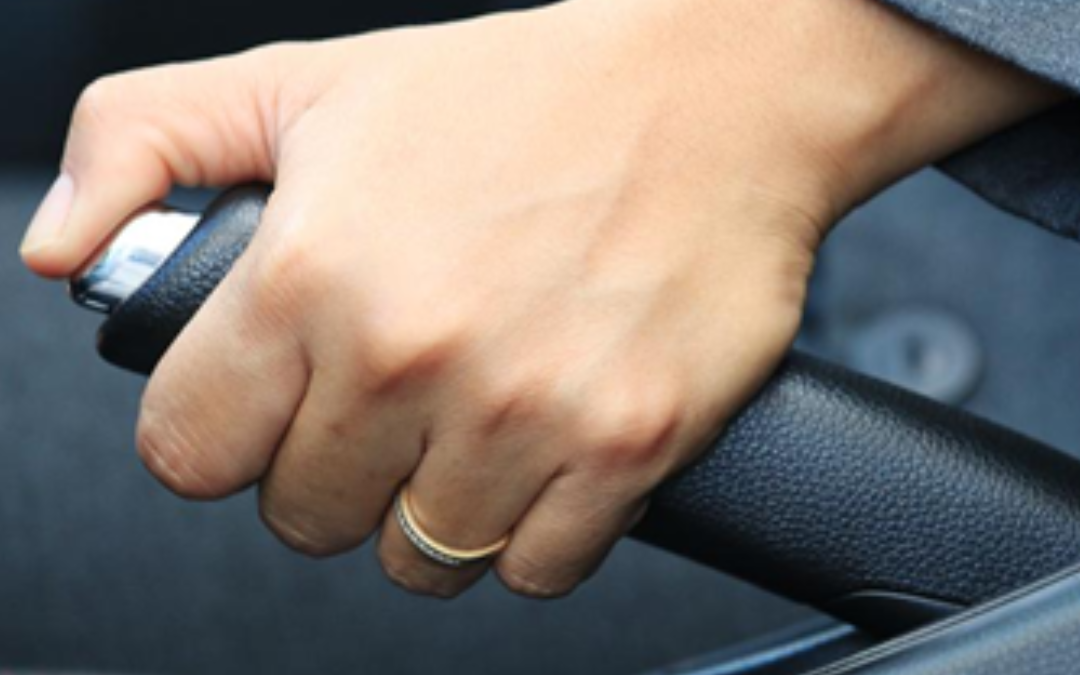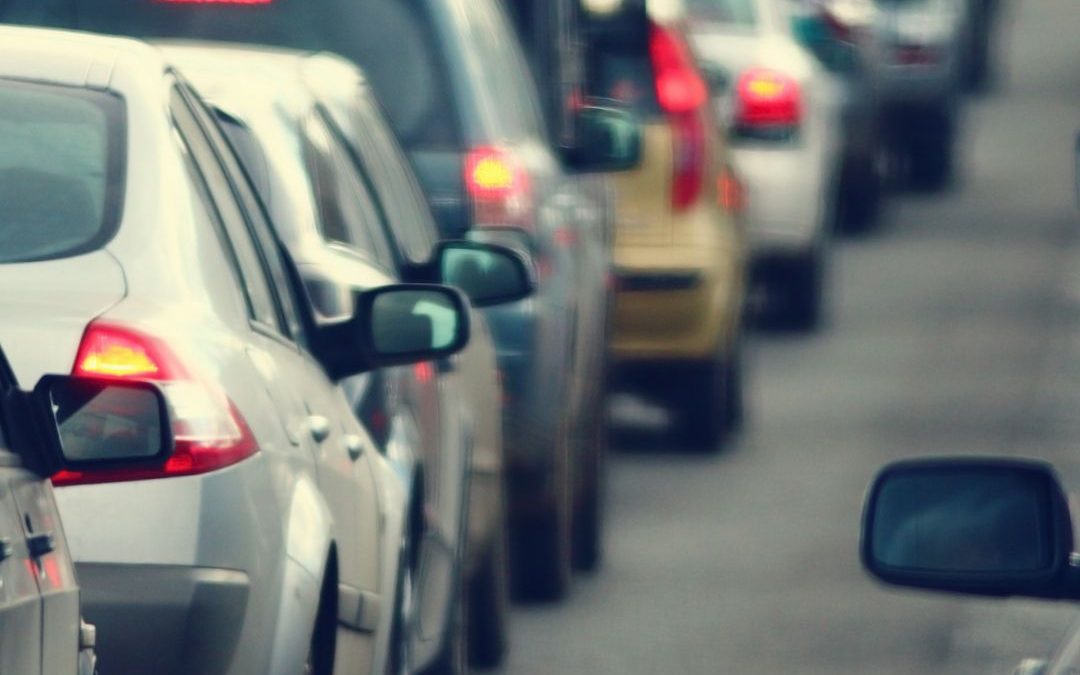
UK roads with the biggest increase in traffic, revealed
New research from Dick Lovett has identified the British roads drivers can expect to be the most congested this year.
The research, which scraped and analysed data from the Department for Transport’s ‘Road Traffic Statistics’ found the roads in the UK which have seen the biggest increase in traffic in recent years (2021-2023), revealing that the A54 – the road linking Chester and Buxton – has seen the largest increase in traffic, up 367%.
Whether your trip is long or short, most of us will hit an A-road at some point, and Dick Lovett’s research found that these were actually the ones with the biggest increase in traffic in recent years. Similarly, our research found that these UK A-roads with the biggest increase in traffic – therefore, the most at risk of Christmas congestion – were all in England.
The A54 is in both urban and steep rural areas, which presents a challenge to the council in maintaining its safety.
Following the A54, Dick Lovett’s research reveals drivers taking the A456 road this winter could expect to see the second-most congestion, with this road seeing a 357% increase in traffic in recent years. The A456 runs between Birmingham and Shropshire.
The third-most congested road was found to be the A39, with a 308% increase in traffic. The A39 is an A road in southwest England.
Other top contenders include the A682 – which runs from Burnley to Long Preston – with a 276% increase in traffic. In fact, the A682 has been regarded as “England’s most dangerous road” in the past due to the number of injuries and accidents – particularly with motorcycles.
See the top 10 roads Dick Lovett predicts to be the most congested in 2025 based on the % increase in traffic they’ve seen in recent years:
|
Rank |
Road |
Traffic % increase (2021-2023) |
Region |
|
1 |
A54 |
367% |
North West > East Midlands |
|
2 |
A456 |
357% |
West Midlands |
|
3 |
A39 |
308% |
South West |
|
4 |
A192 |
284% |
North East |
|
5 |
A682 |
276% |
North West > Yorkshire |
|
6 |
A3102 |
236% |
South West |
|
7 |
A5103 |
232% |
North West |
|
8 |
A256 |
151% |
South East |
|
9 |
A565 |
150% |
North West |
|
10 |
A461 |
137% |
West Midlands |
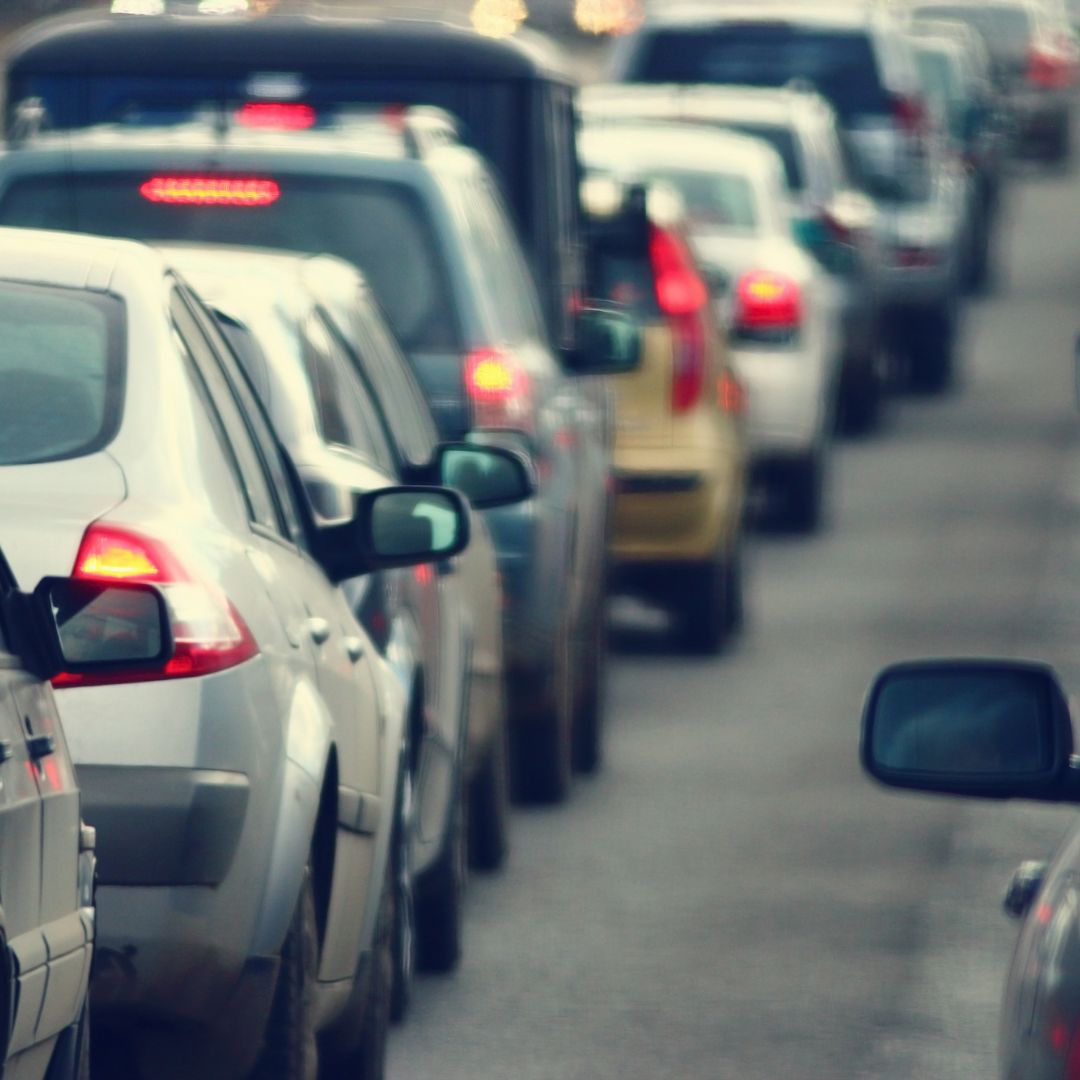
While Dick Lovett’s research found that all the roads with the biggest percentage increase in traffic in recent years were A roads, they were also able to identify the M roads (motorways) that could be the most congested this year based on their historic traffic increase.
The research found that the M9 – a motorway in Scotland that runs from the outskirts of Edinburgh to Dunblane – is the motorway with the biggest increase in traffic, up 82%.
Following the M9 was the M4 – running from west London to southwest Wales – with a 69% increase in traffic in the Welsh part of the road, meaning drivers taking this road in 2025 could expect some additional congestion.
Similarly, the part of the M4 in England has seen a 60% increase in traffic, meaning it could be the third-most congested motorway this Christmas.
See the top 10 motorways Dick Lovett predict to be the most congested in 2025 based on the % increase in traffic they’ve seen in recent years:
|
Rank |
Road |
Traffic % increase (2021-2023) |
Country |
|
1 |
M9 |
82% |
Scotland |
|
2 |
M4 |
69% |
Wales |
|
3 |
M4 |
60% |
England |
|
4 |
M40 |
46% |
England |
|
5 |
M80 |
39% |
Scotland |
|
6 |
M1 |
34% |
England |
|
7 |
M56 |
31% |
England |
|
8 |
M53 |
23% |
England |
|
9 |
M23 |
22% |
England |
|
10 |
M27 |
20% |
England |
Dick Lovett’s 5 top tips for preparing for winter congestion
While congestion can’t be helped – especially at this time of the year, there are plenty of things drivers can do to ensure they’re prepared and safe in case of any congestion when driving this winter.
Always keep an emergency kit in your boot
While preparing for congestion might seem like a bad omen, it’s crucial to ensure your safety during winter travels. Everything from long traffic jams to diversions from accidents or breaking down can be agonising in the winter. Keeping an emergency kit for drivers, or keeping your own personalised bag of emergency supplies will give you peace of mind. Just a couple of useful things you can keep in your emergency kit include:
- A power bank for your phone
- Warning triangle in case of breakdowns
- Non-perishable food
- Water
- Torches
- Thermal blanket or clothing
- High vis vest
Make your car visible and easy to see in all conditions
Congestion means you might be at a standstill for an unknown amount of time. While it may be easy for you to see the drivers directly in front of you when you’ve been in the congestion for a while, for those further behind, you might not be as visible. As such, it’s crucial to ensure that your car remains visible at all times. If you’re at the back of the queue, popping your hazards on to warn drivers of what’s coming up can be helpful.
Check your tyres
There’s always a cause for congestion, whether that’s a road closure or a skidded car. But whatever the reason, you want to make sure you’re not the cause of it. A vital part of winter driving preparation is ensuring that our tyres are in a suitable condition. Before setting off, you should check your tyres for cuts, bulges, or any other damage.
While the legal limit for tyre tread in the UK is 1.6mm, it’s recommended to change your tyres once they reach around 3mm. This is especially important to check when travelling in the unpredictable Scottish winter as any extra tread depth will help to better disperse any snow or water.
Get to know your car’s brakes
Before setting off this winter, re-familiarise yourself with your car’s braking system. If you know the sensitivity or heaviness of how your car’s brakes operate, you will have a much better reaction time when it comes to stopping in any unforeseen congestion.
Fill up, charge up
It may be tempting to avoid a busy petrol station in a bid to ‘beat’ the traffic, but congestion in winter can be unpredictable, so try to fill up the day before you’re set to travel. Not only will this save you time on your travel day, but it also reduces your risk of running out of fuel if you do hit traffic.
If you’re an electric car driver, it’s vital to plan accordingly and ensure that you’re accounting for charging times within your trip. Extreme weather (both hot and cold) can cause EV charger ranges to decrease by around 10% to 30%, so it’s important to account for this when planning.
Always aim to refill well before your fuel warning light comes on in the winter. For those with EVs, charge your car overnight before you set off to ensure there’s plenty of range for your winter road trip. As always, plan ahead to account for extra fuel stops or charges on your route just in case they’re necessary.
Running out of fuel or charge could result in a minimum of a £100 fine and three penalty points for obstructing the road in an avoidable breakdown.
